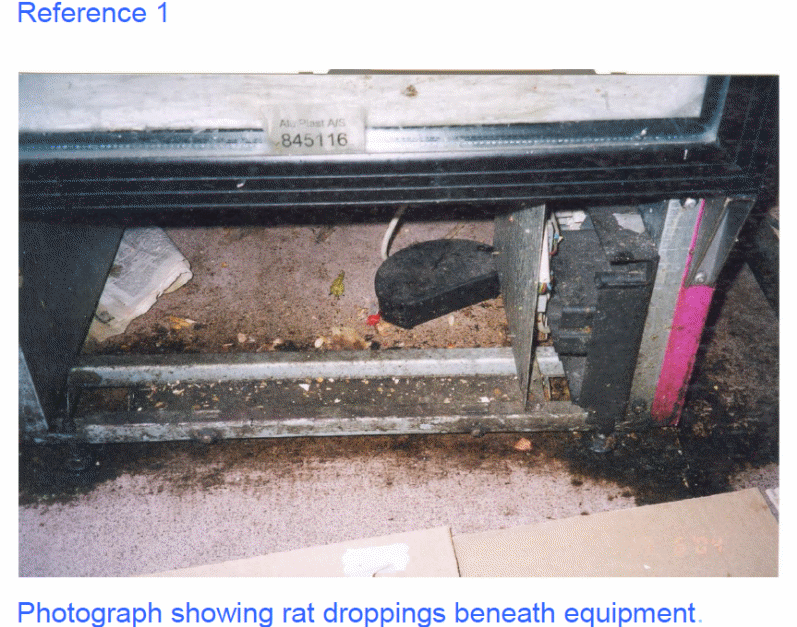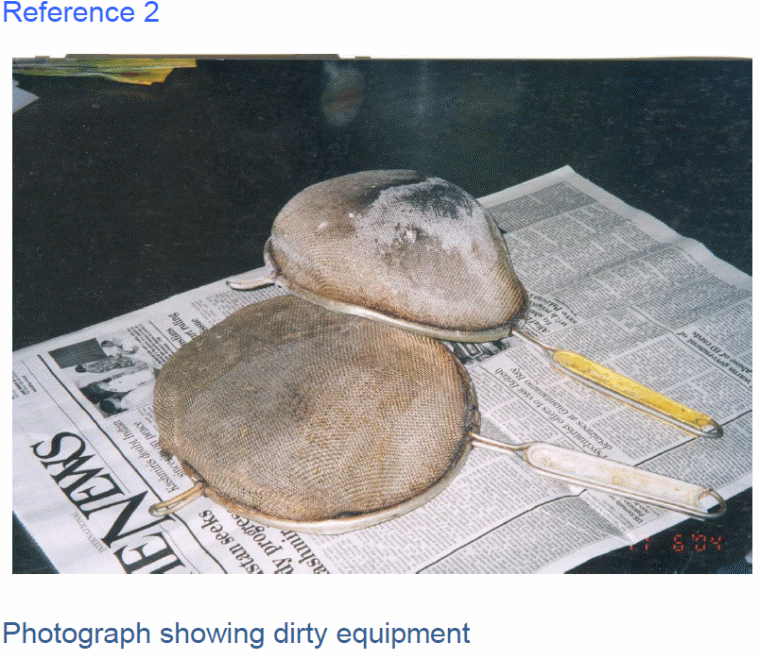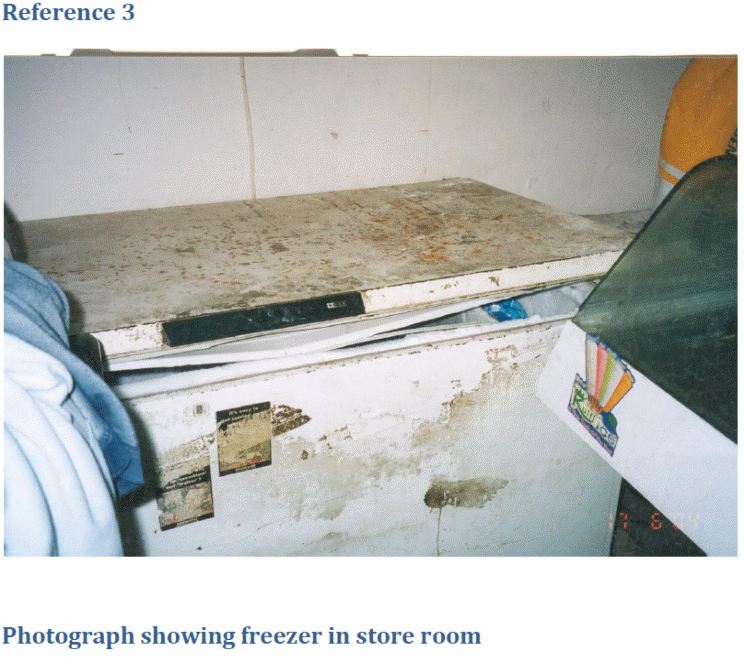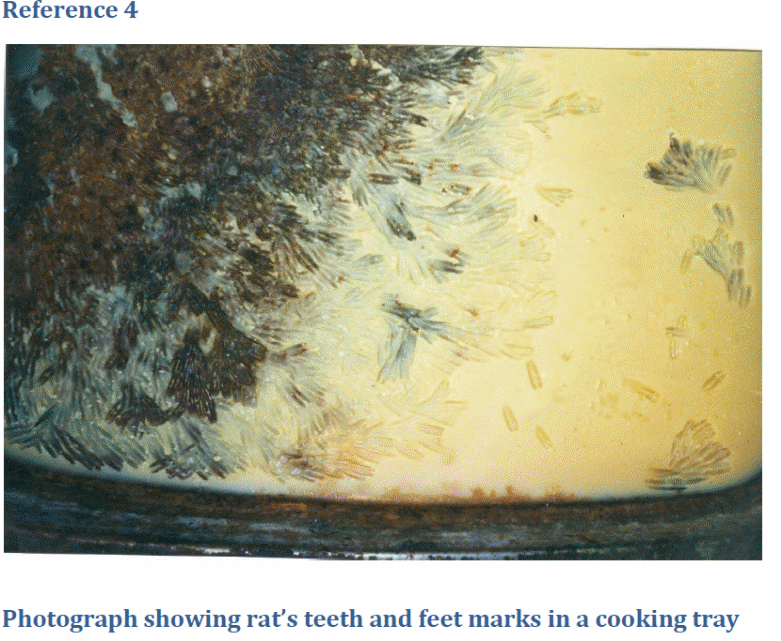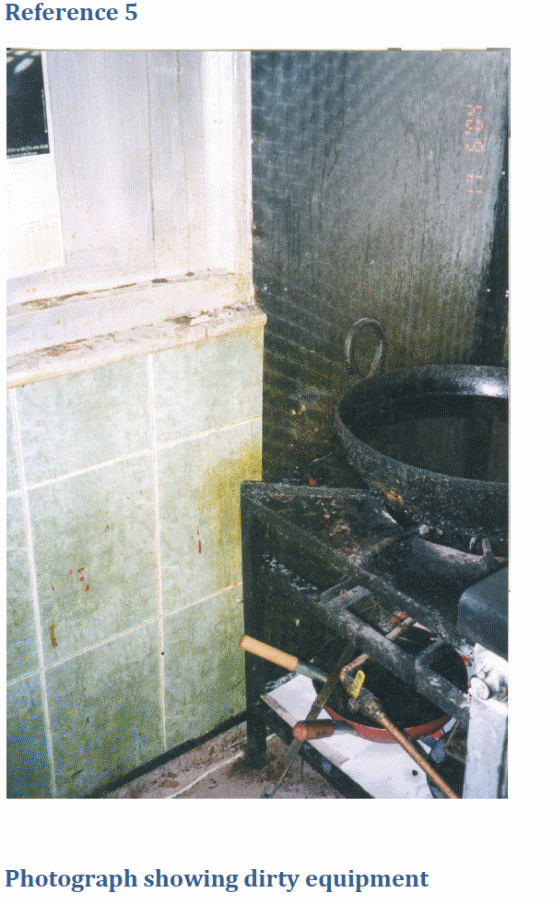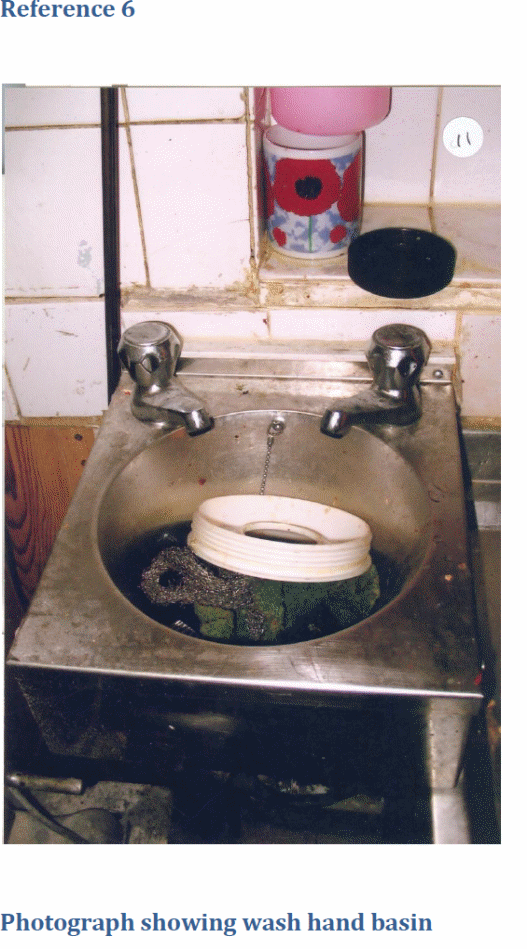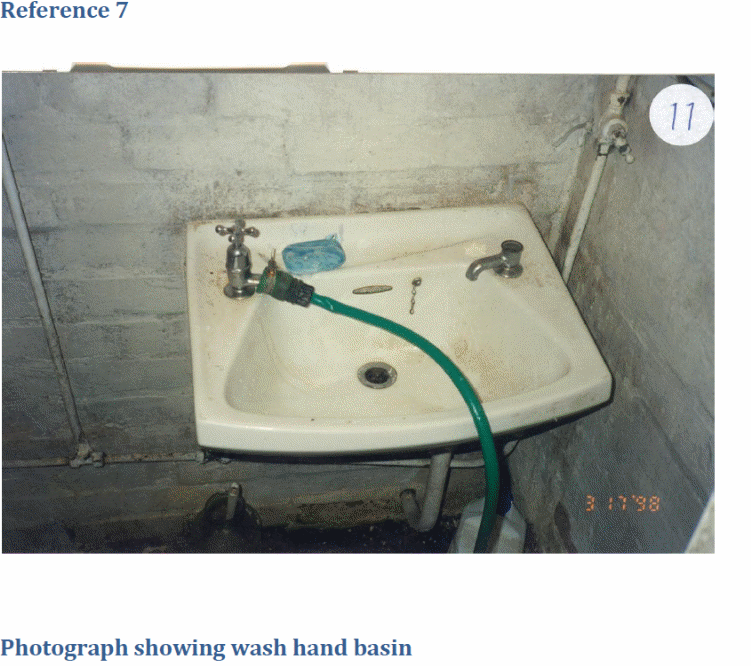Summary
This report is the accompanying text for the inspection conducted at a food premise. The inspection was carried out as enforcement of regulations of food laws of UK. For comprehension purposes, the applicable food laws and powers of authorized officers who conducted the inspection are presented briefly in the first section of the report. The Inspection revealed an unacceptable level of hygienic conditions at the premise which is discussed concerning relevant laws in the next section. In the final part before the conclusion, the recommendations for issuance of improvement notices and other compliance strategies are offered.
Background
Food laws in the UK are meant to protect the public from food deemed unfit for consumption. In the UK, the Food Standards Agency (FSA) is the body charged with enforcing food laws. FSA is mandated under regulation 3 of General Food Law (Business Operators on Food Safety, Traceability, Product Withdrawal and Recall guide to compliance with Articles 14, 16, 18, and 19 of General Food Law Regulation (EC) 178/2002 July 2007, p.16).
FSA covers the whole food industry. This comprises farming, food production, distribution, retail, and catering (Business Operators on Food Safety, Traceability, Product Withdrawal and Recall guide to compliance with Articles 14, 16, 18, and 19 of General Food Law Regulation, p.17). FSA also releases guidance notes on enacted food laws to promote awareness and compliance. Authorized officers such as Environmental Health Practitioners (EHP), play an important role in the implementation of food laws. EHP may carry out an inspection of food premises to assess their compliance with the necessary laws.
The food laws of the UK are based on the framework provided by the General Food Law Regulation (The Food Safety Act 1990-Guide for Food Businesses 2009 edition -UK). The enforcement of the food laws at the field level is carried out by EHP and certified officers from the food law division of local authorities(The Food Safety Act 1990-Guide for Food Businesses 2009 edition). The duties of the officers are specified in various legislations. The Food Hygiene (England) Regulations 2006, Regulation 14, grants the officers the right to enter any food premise, with exception of domestic ones, at reasonable hours, without prior notice to the occupiers for purpose of hygiene inspection (Food Hygiene (England) Regulations 2006 No.14). Regulation 6 of the same law permits authorized officers to inspect any record related to the food business and be accorded necessary assistance by the operators.
In this same provision, officers are allowed to seize or copy any relevant records for purposes of investigation. This may involve photographic or video capturing of processes and/or equipment. Under regulations 12 and 13, officers can also take samples of food on the premises for laboratory analysis. In case of denial of entry into the premises, the officers can seek a court warrant to gain access. This mandate is provided for in regulation 15 of the Food hygiene regulation of 2006. After Inspection authorized officers are mandated to choose several stipulated interventions that are designed to “monitor, support and increase food law compliance “(Food Law Practice Guidance (England) Feb 2012, p. 78). The officers may recommend and implement various intervention strategies as specified in the relevant regulations. These may comprise prosecution, issuance of statutory notices, or simple oral caution.
The findings of the inspection
In exercise of their duty under current food legislations the author of this report, together with other certified members inspected a premise for food sale. The conditions inside the premise were captured in still photographs. The next section details the findings of the inspection. This section details the contravention of food hygiene laws at the premise. At the end of this section the author offers recommendations for appropriate action to be taken against the operators.
Conditions at premise and contravention of food laws
The condition at the premises was found to be highly unhygienic.
- Reference 1: Food preparation equipment in an uncared state was captured. It had not been cleaned in a long time. Rat droppings were found beneath the equipment. These conditions may stimulate the development of dangerous microorganisms and food contamination. The equipment has accumulated a lot of dirt in certain areas. This is in contravention to the condition of food premises CAP1, art 1,2(a),(b) & (c) and Cap IX, art 3 of regulation EC No.852/2004 on the hygiene of foodstuff.
- Reference 2: Dirty sieves indicate unhygienic handling of food. This is likely to contribute to the development of microorganisms and increase the risk of food contamination. This goes against the statutory food hygiene requirements of Cap. V, art 1(a) of Regulation EC No.852/2004 on the hygiene of foodstuff (Regulation No. 852/2004 on the hygiene of foodstuffs April 2004).
- Reference 3: Dirty freezer. This poses a high risk of food stored inside getting contaminated in addition to the development of dangerous microorganisms. This is against Cap1. Art 1(d), (c), and Cap. V Art 1(a) of Regulation EC No.852/2004 on the hygiene of foodstuff.
- Reference 4: Photographs show rat’s teeth and feet marks on cooking tray indicating very low hygiene standards. This also shows food prepared on the premises had a high chance of getting contaminated during processing. Contact with rats is likely to contribute to food-related diseases. This contravenes the requirements of Cap IX, Art 3 & 4, Cap V, Art. 1(a) and Cap.1, Art.1 of regulation EC No.852/2004 on the hygiene of foodstuff.
- Reference 5: The premise had low standards of hygiene. Very Dirty cooking equipment was captured during the inspection. This contravenes Cap. V, art.1 (a), of regulation EC No.852/2004 on the hygiene of foodstuff. The surrounding wall was dirty and some sections had accumulated matter. This violates Cap.II, Art.1 (b) of Regulation EC No.852/2004 on the hygiene of foodstuff
- Reference 6: From the evidence captured, it can be deduced personal hygiene was not a priority in the business. The wash hand basin is very dirty, evidence for the breach of Cap. V, Art 1(a) and Cap. II, Art. 1(b) of Regulation EC No.852/2004 on the hygiene of foodstuff. The hand cleaning equipment is also inadequate as it lacks hand drying materials. This goes against the hygiene requirements of Cap.1, Art 4 of Regulation EC No.852/2004. The surrounding white ceramic wall bears marks of dirt. This is an offense under Cap. II, Art.1 (b) of Regulation EC No.852/2004 on the hygiene of foodstuff
- Reference 7: This is additional evidence pointing to poor personal hygiene. The wash hand basin is unclean and bears signs of infrequent cleaning. One of the taps is out of order. These are offenses under Cap. V, Art.1(a),(b) & Cap.1, Art 4 of Regulation EC No.852/2004 as they increase the likelihood of food contamination from food handlers. A hosepipe is attached to the only working tap indicating water from this point could have been used for other purposes. This is against the water supply requirements of Cap. VII, Cap.1, Art 8 of Regulation EC No.852/2004 on the hygiene of foodstuff. The walls are unfinished making them difficult to clean.They also bear dirt marks in some areas. This may set up perfect conditions for the development of dangerous microorganisms.
- Reference 8 reveals the unhygienic preparation of food on the premises. The cutting boards bear noticeable cut-marks. These cut marks can serve as conducive habitats that may encourage microbial activity and possible food contamination. This contravenes Cap. V, Art 1(b) and (c) of Regulation EC No.852/2004 on the hygiene of foodstuff.
Recommendations
The business premise fails to meet the minimum hygiene conditions as stipulated in relevant laws of the country. There is sufficient evidence to indicate that the equipment, structure, and drainage system of the business premise pose a high risk of injury to public health and need an immediate overhaul. Based on Food Hygiene Regulations 2006.12 and the provisions of the Food Safety Act 1990, I recommend Hygiene Improvement Notices (HIN) be immediately issued to the operator of the business.
The improvement notice is to compel the operators to take necessary hygiene improvement measures as the current state of the premise could pose risk to the public. The operator should be given a grace period of 21 days to comply with failure to which further prosecutorial measures for issuance of a Hygiene Prohibition Order (HPO) be undertaken. The HIN should order the immediate disposal of aged equipment, renovation of walls, fixing of taps, replacement of old and out-of-order wash hand basins, pest control, and laying of new hygiene rules. Non-compliance with the requirement of the HIN and further certification of high risk by authorized officers should call for the seeking of Hygiene Prohibition Order (HPO). In addition to this statutory notice, the operators of the premises should be given adequate training on legal hygienic requirements of a food premise and oral and written caution on penalties for non-compliance.
Conclusion
Based on the evidence gathered from the premise, it has been established that the food processed in the premise is unfit for consumption due to the low hygienic condition of the premise and equipment used to process it. However, from my judgment, the risk does warrant the issuance of prohibition emergency orders. Therefore, the operators should be immediately issued with HIN. Should the Hygiene Improvement Notice not be complied with, an HPO is pursued in the court of law.
Reference List
Business Operators on Food Safety, Traceability, Product Withdrawal and Recall guide to compliance with Articles 14, 16, 18 and 19 of General Food Law Regulation (EC) 178/2002.
Food Hygiene Regulations 2006 No. 14(England).
Food Safety Act 1990- A Guide for Food Business 2009 Edition (UK).
Food Law Practice Guidance February 2012 (England).
Regulation (EC) No 852/2004 on the Hygiene of Foodstuffs. Official Journal of the European Union L139.
Appendix
